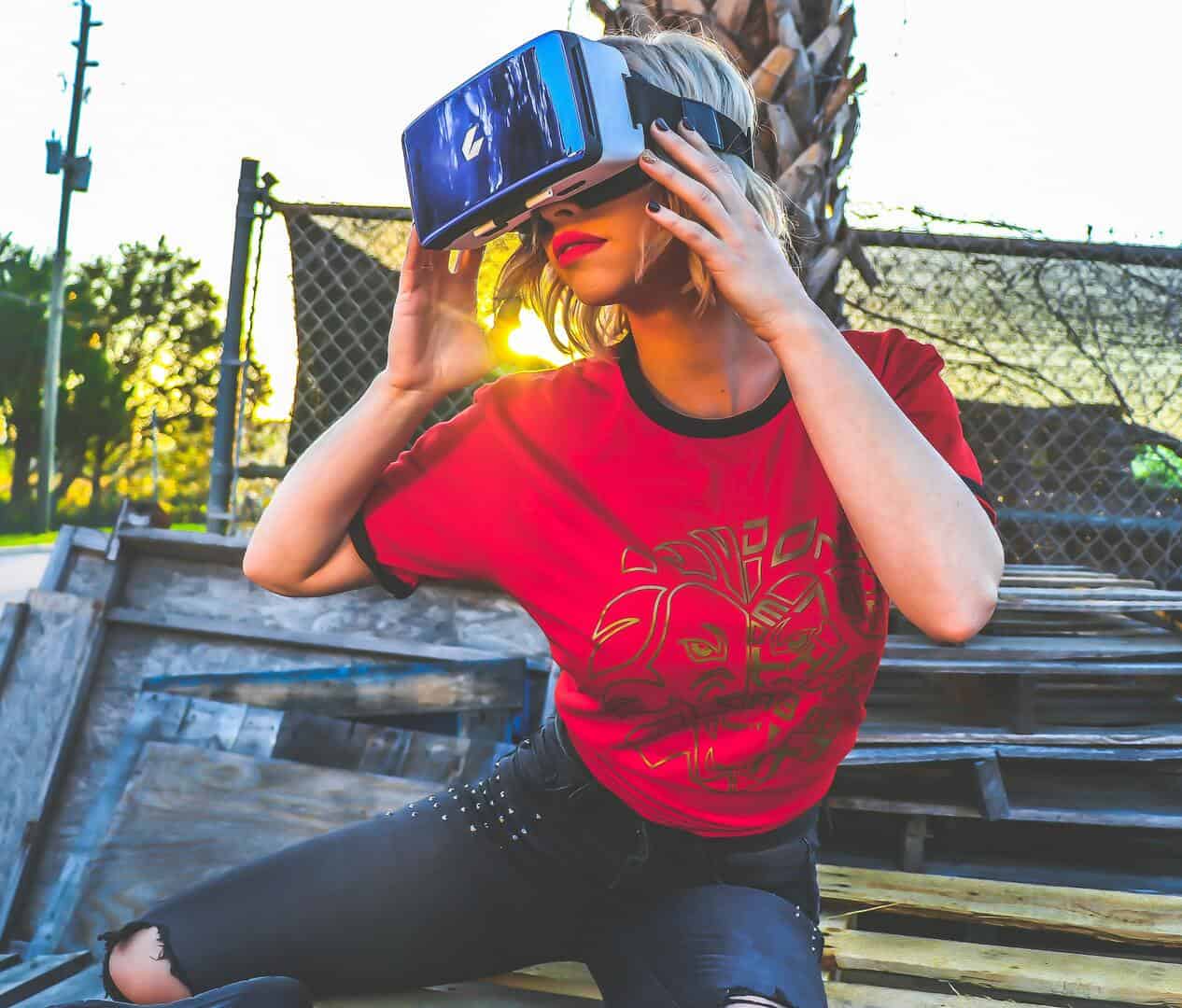We’ve all been there: huddled around the TV or screaming from the bleachers, watching every pass, goal, and foul. The excitement of football is an undeniable part of many lives. However, technology is transforming how we experience sports, offering new avenues for fans to interact and engage. Amidst the evolution of gaming platforms, online betting, and so on, one advancement stands out at the best online casino real money sites: immersive virtual reality (VR). Here, we’ll examine how VR is changing the future of the football experience for fans and players alike.
The Immersive Experience
Immersive VR is not your ordinary television broadcast or live stream. Through the use of VR headsets, users are transported into a 360-degree world where they can explore and interact in real time. Imagine standing in the middle of the football field as players dash around you or taking a seat in the locker room during a halftime pep talk. The applications of VR in sports are extensive, from training and analysis to fan engagement. With VR, you can not only watch the game but feel like you’re a part of it.
Bridging the Gap Between Fans and Players
Football clubs are beginning to realize the potential of VR as a tool for fan engagement. One could argue that the physical experience of attending a match in a stadium is incomparable. However, not everyone can afford or manage to be present for every game. VR offers an alternative, allowing fans to enjoy the next best thing to being there. Additionally, exclusive content like behind-the-scenes footage, interviews, and interactive challenges can be integrated into VR platforms to offer a fuller experience.
Training and Skill Development
Besides offering fans a novel way to experience football, VR technology is proving to be a valuable asset for player training. Advanced simulations can replicate real-life game scenarios, allowing players to practice without the physical toll of a real match. Teams can assess strategies and player performance in a controlled environment, thereby fine-tuning their approach for actual games. Given the rising competition in football, any advantage, especially one based on innovative technology, is worth exploring.
Concerns and Limitations
However, the integration of VR in football is not without its challenges. There’s the question of accessibility, given the cost of high-quality VR headsets and the computing power required to run them. Ethical considerations also come into play. Should footage from locker rooms or confidential team meetings be made available to the public? Lastly, some purists argue that VR could dilute the essence of the game, removing the unpredictability and raw emotion that make football so captivating. These are all valid concerns that need addressing as the technology continues to evolve.
A Look into the Future
So, what’s next for immersive VR in the realm of football? As the technology matures, we can expect improvements in realism, interactivity, and affordability. With continued development, VR has the potential to be as integral to football as television was in the last century. While it might not fully replace the traditional ways we consume football, it’s gearing up to be a substantial supplement.
What lies ahead is not just a change in the way we experience football but a revolution in how we engage with sports in general. The marriage of technology and sport has always been a progression rather than a destination. VR seems to be the next logical step in that journey, promising a future that’s not only exciting for fans and advantageous for players but also layered with the kinds of experiences that go beyond what a flat screen or a stadium seat can offer.

